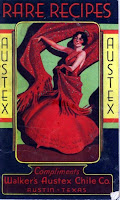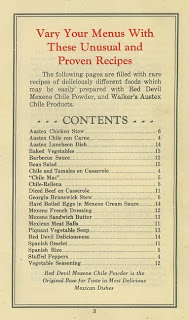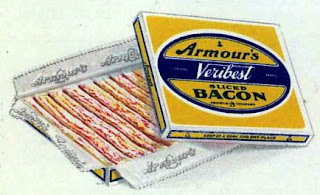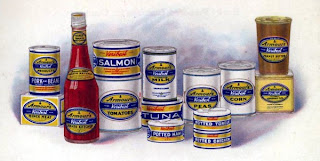I haven't updated you on the progress of my
vegetable garden lately, mainly because it's been a somewhat less-than-optimal garden season. Who wants to look at pictures of or read about a wilted, pitiful garden?
There are a couple of reasons why it's turned out badly.
It's been warm outside. Hot, actually. Get-back-inside-the-air-conditioning-by-9:15-am hot. The
dog days of August hot since the beginning June.
It's rained only
once since the garden was put in. Oh, it's rained a bit all around us, just not on this particular block. A garden cannot thrive on city water alone. No matter how many gallons of it are applied on a daily basis. It needs the nutrients the rain provides to really thrive.
Other gardens around town haven't done well either, so I'm not alone.
The zucchini and yellow squash did fairly well. Well enough so that we've been eating squash nearly every day. I was entertaining the idea of zucchini tacos when the plants finally played out for good. Some people around here are really happy the squash is ending because they never liked squash in the first place. The very suggestion of zucchini tacos was vetoed immediately.
The tomatoes didn't produce very well, although they did produce enough so that I could make fresh salsa about once a week. Good thing, since I've kind of been avoiding
Mexican restaurants since May. I fixed a lot of cucumber and tomato salads. Not with our cucumbers though. Although the cucumber plants grew, they never got past the blossom stage.
Green beans were planted four times in two different areas. Three times the seeds sprouted, the plants grew about four inches tall, and then they turned brown and died. In one bed, the plants actually grew and developed blossoms. I could see little micro-green beans, and then ... nothing. They would have been perfect for Barbie if she were whipping up a Barbie-size meal.
We got a few Japanese eggplants. Enough to satisfy my craving for fried eggplant anyway.
The Jalapeno and serrano peppers produced a few peppers, enough for the salsa, but not much more. The pablano peppers and bell peppers were downright sad.
At the end of May we planted two different kinds of cantaloupes from seed. I forget the varieties offhand, but one kind was the regular-size fruit and the other was the "personal" size.
They started off great. Beautiful, beautiful plants, sprawling and blooming like crazy. Lots of blossoms. Lots of fruit. The other day we harvested a few of the personal size. I happily ran into the house to get the camera and a butcher knife, anticipating, finally, a decent cantaloupe, and one that I didn't have to pay $4.00 for.
Aren't they pretty?


I can't describe the disappointment I felt when I took the first bite and discovered that they were ... not sweet. Absolutely tasteless. Much like many of the ones we've gotten from the supermarket this year.
Perhaps the larger ones will turn out better, but I don't have high hopes. We'll see.
It's not like I don't have help. Expert help at that. My gardening partner has successfully grown and shipped millions of pounds of cantaloupes from the Rio Grande Valley in his time. "Sometimes it's just like this," he says. He's disappointed too, but takes it in stride. At age 84 and a farmer most of his life, he's seen his share of crops that didn't make it for one reason or another.
I could never be a farmer.

I'm now anticipating the fall growing season. Where we can give tomatoes another try. And we'll be able to plant all of the vegetables that don't thrive well in the Texas summer heat. One of the benefits of living where the growing season is so long is that we get a second chance.
The good news about the heat and lack of rainfall is that the weeds haven't grown much either. Not a lot of time was spent in the weeding department.
Hopefully, it won't turn out to be unusually wet fall.
 Every once in a while I receive a catalog in the mail from Allen Brothers (the Steakhouse Steaks people). The photographs of the rare beef, veal and lamb in their catalog look so appetizing it almost makes me cry. I LOVE rare beef. Order your own catalog from their website and see for yourself.
Every once in a while I receive a catalog in the mail from Allen Brothers (the Steakhouse Steaks people). The photographs of the rare beef, veal and lamb in their catalog look so appetizing it almost makes me cry. I LOVE rare beef. Order your own catalog from their website and see for yourself.




































